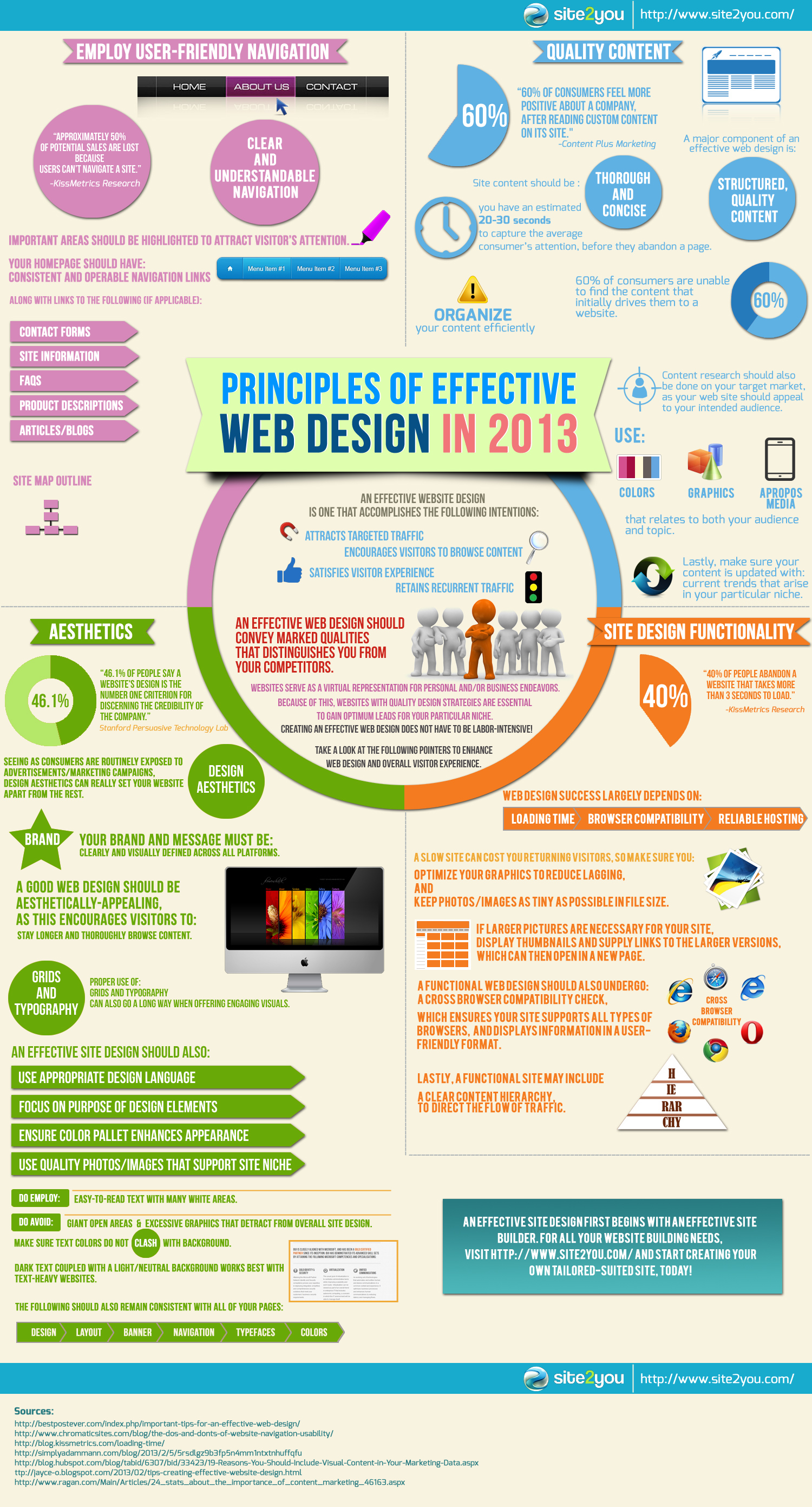Key Elements Of Site Layout: Strategies For Developing An Accessible Customer Experience
Key Elements Of Site Layout: Strategies For Developing An Accessible Customer Experience
Blog Article
Write-Up Author-Hall Thorpe
When it concerns internet site layout, guaranteeing user-friendliness is key. From receptive style to streamlined navigation, every aspect plays a critical role in creating a site that caters to your audience's needs. Yet what about the finer information that can make or damage a user's searching experience? Keep tuned as search engine optimization cost reveal some often-overlooked ideas that can elevate your site's functionality to the next degree, making it absolutely stand apart in the digital landscape.
Value of Responsive Layout
Responsive style is a critical aspect of modern-day web site growth. Guaranteeing your website is responsive means that it can adapt to various display sizes and tools, supplying a smooth experience for customers.
With the boosting use of smartphones and tablets to access the net, having a receptive layout is crucial for getting to a wider audience. It aids in enhancing user experience by making your site easy to navigate and read on any type of tool.
In addition, responsive layout can positively affect your online search engine positions, as search engines like Google focus on mobile-friendly web sites. By having best website designers , you're also future-proofing your internet site, as brand-new devices with differing screen sizes remain to arise.
Simplify Navigating Structure
To boost user experience and assist in simple access to information on your site, simplifying the navigating framework is vital. When making your website, concentrate on producing a clear and intuitive navigation menu that helps visitors locate what they're seeking rapidly.
Restriction the number of menu things to the fundamentals, grouping related pages with each other to prevent frustrating individuals. Usage descriptive labels that plainly show the material of each web page, making it less complicated for individuals to recognize where each link will take them.
Think about applying dropdown menus for subcategories to stop jumbling the main navigating bar. Furthermore, consist of a search bar prominently on the web page for users who like searching for specific info.
Prioritize mobile responsiveness in your navigation design to make certain easy gain access to on all devices.
Optimize Page Tons Speed
Improving page tons rate is critical for keeping site visitors on your internet site. Slow-loading web pages discourage users and can result in high bounce prices. To maximize web page tons rate, begin by enhancing photos. Compress photos without jeopardizing top quality to lower their file sizes.
Furthermore, allow browser caching to keep often accessed resources in your area, speeding up tons times for returning site visitors. just click the next webpage , JavaScript, and HTML files by eliminating unneeded characters, remarks, and formatting, enhancing load speed.
Consider utilizing a content shipment network (CDN) to distribute your internet site's material across several web servers worldwide, minimizing latency for individuals accessing your website from various locations. Finally, restrict making use of third-party manuscripts and plugins, as they can substantially affect tons times.
best webdesign
To conclude, by incorporating responsive design, streamlining navigating, and optimizing page lots rate, you can develop an user-friendly internet site that interest a larger audience and boosts user experience. These essential elements ensure that visitors can conveniently gain access to and navigate your site throughout different tools, resulting in increased involvement and contentment. By focusing on these key elements, you can construct an effective internet site that keeps individuals returning for even more.
